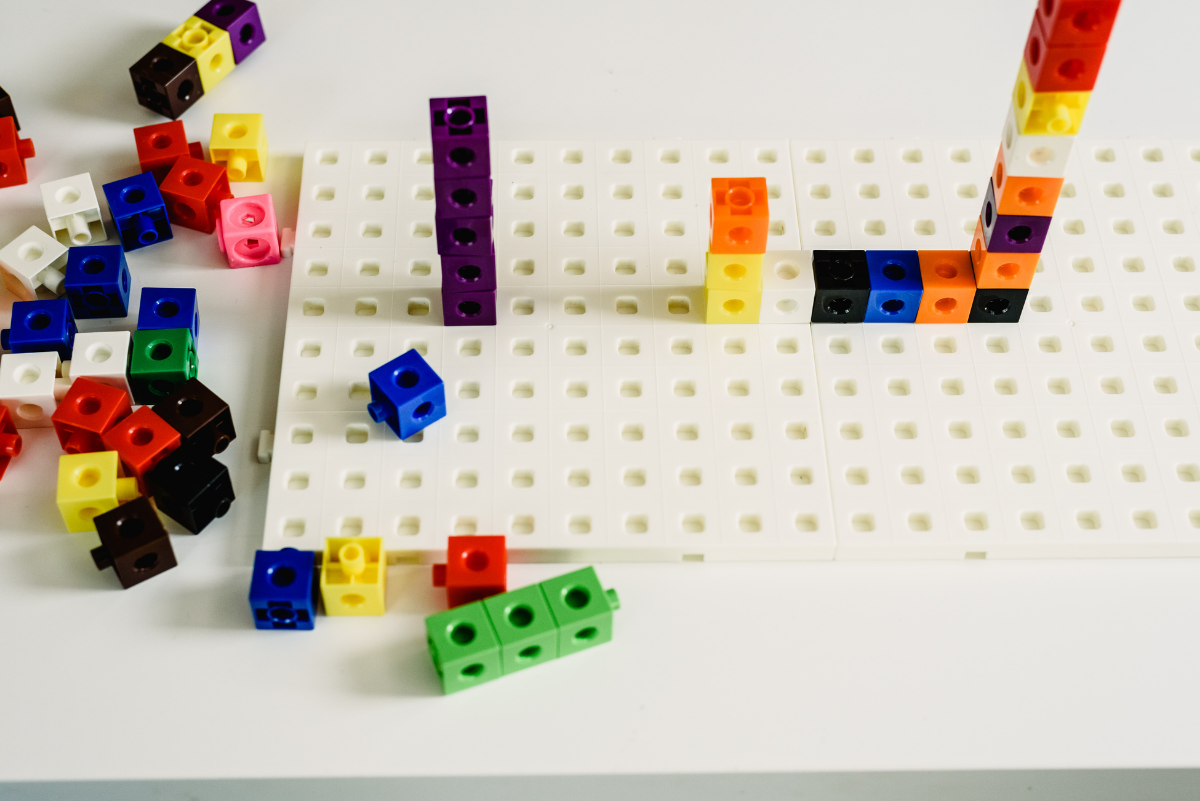
Learning materials have come a long way from the blocks and puzzles first developed by Maria Montessori in the early 1900s. Today, you can find a wide variety of sensory toys that will help young children learn to interact with their world.
What Is a Sensory Toy?
A sensory toy is an object that is intended to engage your child’s senses. Although sight, sound, and touch are the most common senses targeted by these toys, you can also find objects that focus on smell, such as scented stickers, or taste, like a teething ring.
Most toys trigger one or even most of these senses. However, a sensory toy has been specially designed to help your child’s cognitive development. You might find interesting textures, shiny surfaces, and even moveable parts, all put together in an educational and aesthetically pleasing shell.
Why Sensory Toys Are Important
Sensory toys encourage children to engage with the world around them. Young children want to explore, but they often find the world to be overwhelming or even dangerous. Sensory toys provide a safe but stimulating environment and allow the child to learn at their own pace.
Most sensory toys that feature moving parts are intended to help kids develop their fine motor skills. By turning pegs and moving beads, children learn how to use their hands and eyes together. Colors and textures can be used to differentiate parts of the toy and increase the amount of information that kids are able to learn from the experience.
Choosing Sensory Toys for Your Child
From Montessori materials to modern educational items, there are plenty of sensory toys available for kids of all ages. As you’re shopping, keep an eye out for these important features:
Texture: Touch is the first sense a child will use when interacting with an object. Look for toys that are smooth, bumpy, soft, and otherwise interesting to explore.
Color: Kids like bright colors, but too many bright colors can actually be overwhelming. Choose toys that use color to draw attention to interactive features.
Movement: If the sensory toys have moving pieces, make sure they are safe for your child to interact with. Never give a toy with small removable parts to a child younger than the age of 5.
Construction: Well-made toys are always a good choice, especially when children are involved. Find objects made from safe materials that are built to last through several years of interactive childhood.
One of the important principles of the Montessori Method is that toys and materials need to be swapped out on a regular basis. Once your child grows bored with a sensory toy, they are unlikely not to return to it. As a parent, you should continue to look for new sensory and educational experiences as your child learns and grows.





















